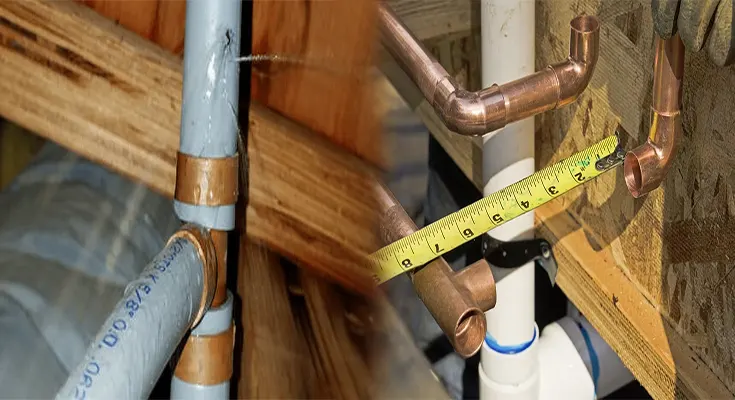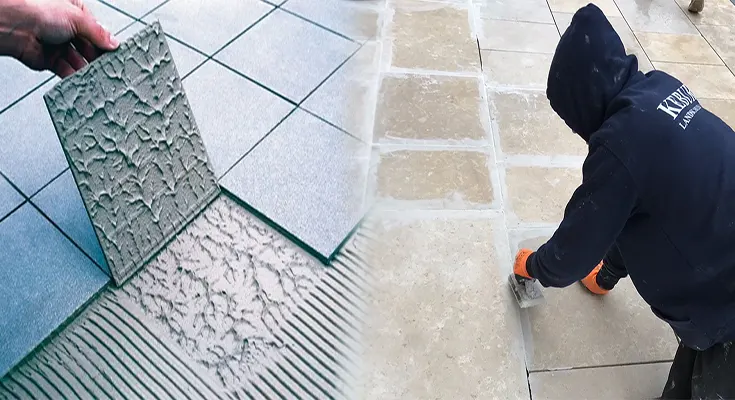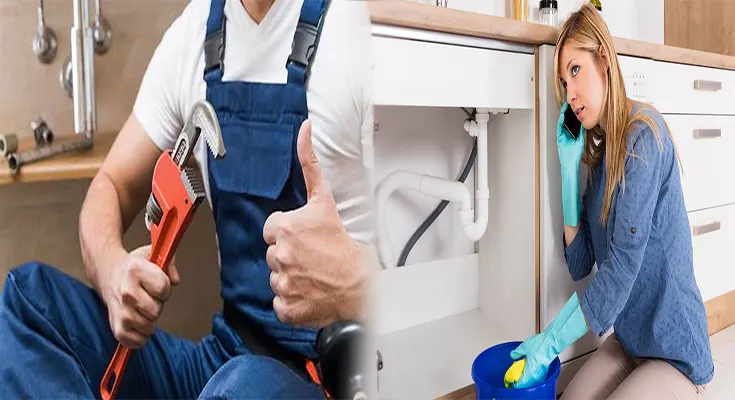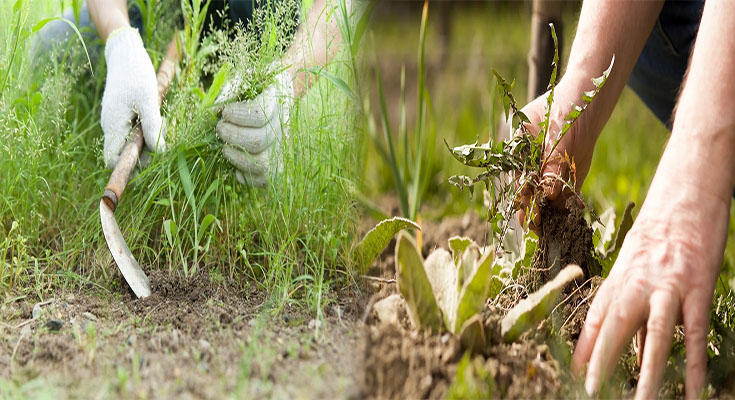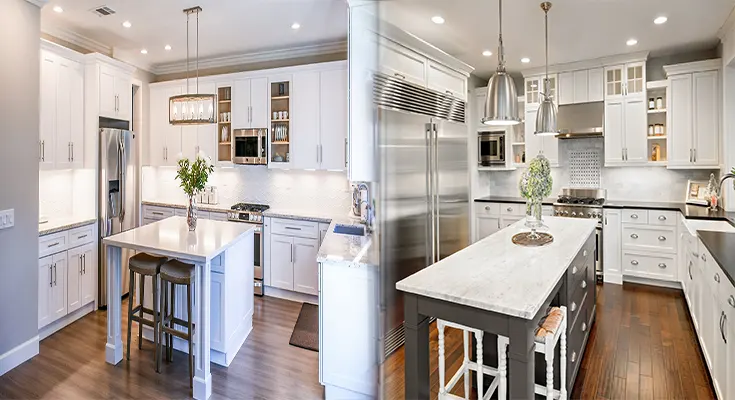
Planning a Budget-Friendly Kitchen Renovation in 2024
Embarking on a kitchen renovation can breathe new life into your home and enhance the functionality and aesthetic appeal of your culinary space. However, the prospect of a kitchen overhaul may often come with concerns about cost. Fear not, as with careful planning and strategic decisions, it’s possible to achieve a budget-friendly kitchen renovation in 2024. Here are some tips to help you plan a cost-effective kitchen remodel without compromising on quality.
1. Set a Realistic Budget
Before diving into your renovation project, establish a clear and realistic budget for your kitchen remodel. Take the time to research the average costs of materials, labor, and any additional expenses such as permits and design fees. Allocating a specific budget will guide your decision-making process and prevent overspending.
2. Evaluate Your Needs
Assess your current kitchen layout and identify aspects that truly require renovation. Focusing on essential upgrades such as replacing worn-out cabinets, updating countertops, or improving storage solutions can help you prioritize your spending and avoid unnecessary expenses.
3. Consider Refurbishing Over Replacement
Explore the option of refurbishing existing elements in your kitchen rather than entirely replacing them. For example, giving your cabinets a fresh coat of paint or re-facing them can provide a new look at a fraction of the cost of brand-new cabinetry.
4. Opt for Cost-Effective Materials
When selecting materials for your renovation, consider cost-effective alternatives that offer quality and durability. For instance, laminate countertops can mimic the look of more expensive materials like granite or quartz at a significantly lower price point.
5. DIY Whenever Possible
Tackling certain aspects of the renovation as do-it-yourself (DIY) projects can significantly reduce labor costs. Simple tasks such as painting, installing backsplashes, or updating hardware are areas where homeowners can often take a hands-on approach.
6. Shop Around for Deals
Take …
Planning a Budget-Friendly Kitchen Renovation in 2024 Read More

